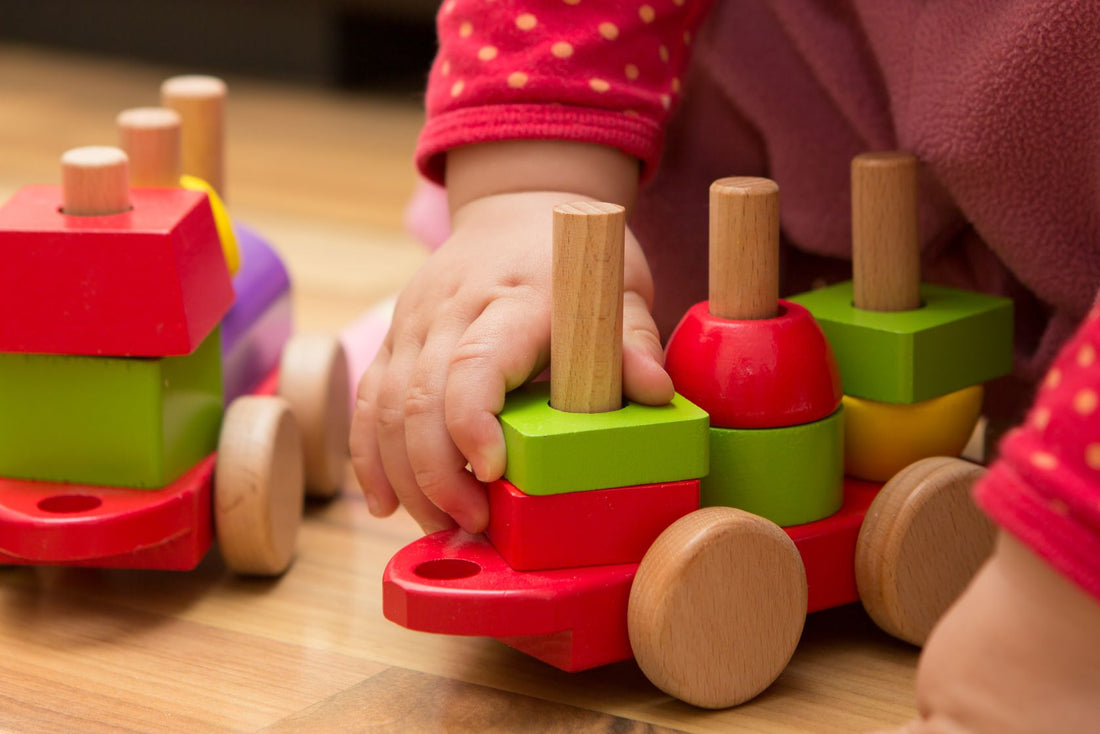
Why Play & Development Go Hand-in-Hand — And Which Toy You Need Now
Share
As a parent, you want your child to thrive — physically, cognitively, socially. Among the most powerful tools for that growth is play. But not all toys are created equal. In this post, we’ll dive into how play supports development and spotlight one of our top toy picks that combines fun and learning.
1. The Science Behind Play & Milestones
-
Tummy time & motor skills: Early play on the stomach strengthens neck, shoulder, and core muscles.
-
Sensory development: Textures, sounds, and movement stimulate sensory pathways in the brain.
-
Cause and effect learning: Toys with buttons, pulls, and responses teach object permanence and prediction.
-
Language & social cues: Through play with caregivers, babies begin to imitate sounds, gestures, and social engagement.
2. What to Look for in Developmental Toys
-
Open-ended design (not overly prescriptive)
-
Different textures, colors, and levels of challenge
-
Safe materials (non-toxic, rounded edges)
-
Adaptability: toy that “grows” with baby
-
Ease of use and transport for parents
3. Featured Toy: (Your Store’s Product or Ideal Pick)
Suppose you carry a developmental play gym or activity toy (or plan to). If you don’t already have one, consider adding a high-quality play gym that supports all stages. For example: Lovevery Play Gym — though this specific product is for illustrative purposes — it’s designed in stages for babies from newborn onward.
You can (or could) offer a toy in your lineup with similar features:
-
Encourages reach and grasp
-
Converts into floor play and sit-up mode
-
Includes sensory elements (mirror, crinkle, soft toys)
-
Is easy to clean and portable
Link your comparable toy on your site when you add one.
4. Play Ideas by Age Range
-
0–3 months: High-contrast cards and simple hanging toys
-
3–6 months: Tummy time with textured mats, soft rattles, mirrors
-
6–9 months: Sit-up play with stacking cups, soft blocks, cause-and-effect toys
-
9–12+ months: Puzzles, push-pull toys, board books, nesting toys
5. Making Play Part of Your Routine
-
Schedule short play sessions 2–3 times a day (5–10 minutes)
-
Use play as a transition tool (post-nap, pre-meal)
-
Involve siblings or caregivers to enhance social play
-
Occasionally rotate toys to maintain novelty and avoid overstimulation
Conclusion
Play is not optional — it’s essential. The right toy, matched with thoughtful interaction, paves the way for development, joy, and connection. Whether you already carry a developmental play gym or plan to, consider positioning it as a must-have for growth.
